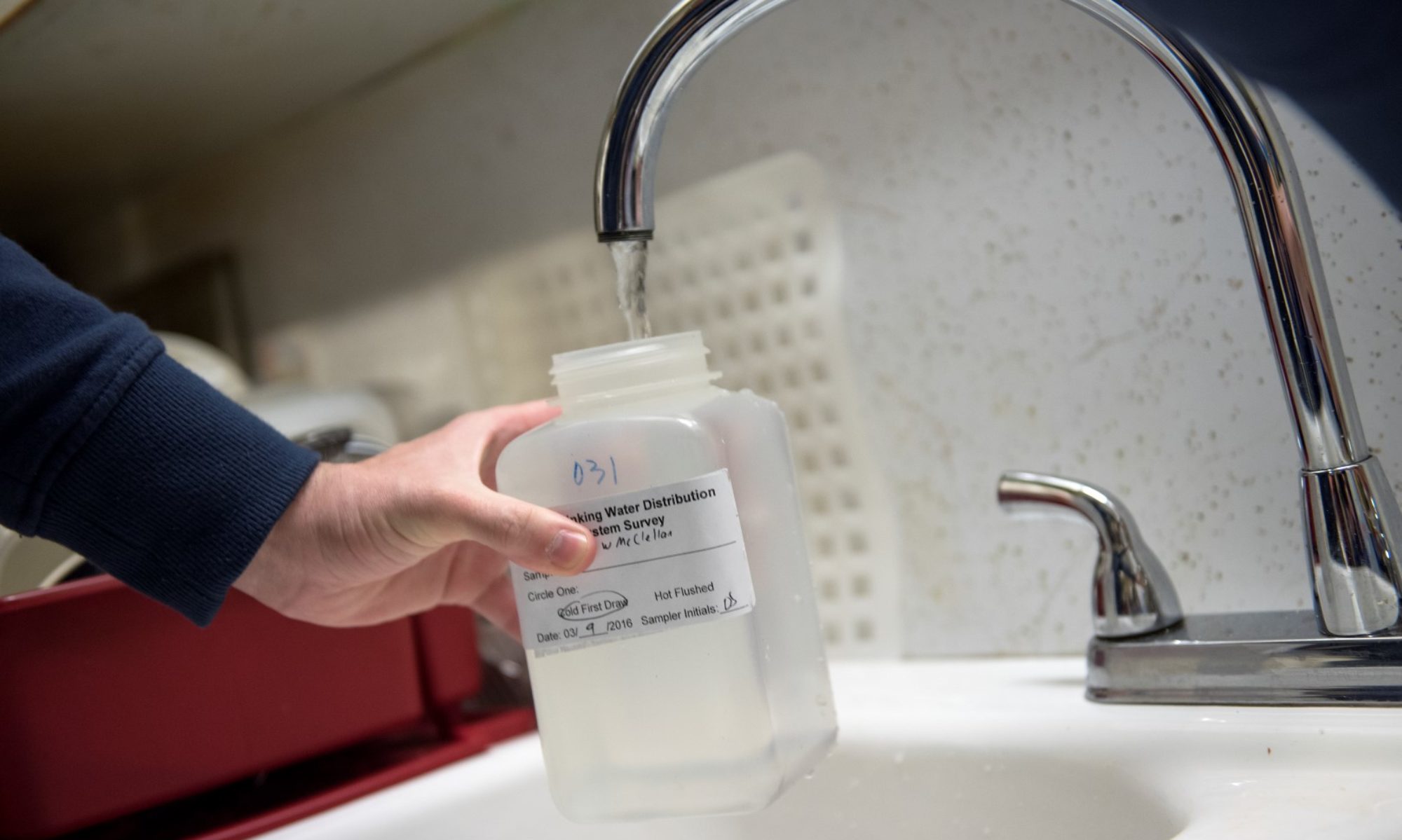In April 2019, researchers from the UNC Institute for the Environment and Virginia Tech provided free well water testing to private well users in Chatham County and nearby communities. A total of 242 well water sampling kits were analyzed (out of 250 that were distributed, for a 97% return rate). The goals of the sampling effort were to measure lead in drinking water from private wells and to examine well water quality and recovery after Hurricanes Florence and Michael. This research was funded by the United States Environmental Protection Agency (US EPA) and the National Science Foundation (NSF).
Here are some photos of our June 2019 report back meeting:
The following conclusions are based on a preliminary evaluation of the samples collected by participating well users:
- First
draw’ samples were collected from the kitchen tap to determine whether
corrosion of household plumbing was a source of contamination. In such
samples, water is allowed to sit stagnant for at least six hours and
then collected. In these first draw samples:
- 10% exceeded the US EPA lead action level of 15 μg/L, and 85% had detectable levels of lead. The EPA’s health goal for lead in drinking water is zero.
- 15% exceeded the US EPA copper action level of 1.3 mg/L.
- After flushing water from the pipes for five minutes, less than 1% of samples had lead and copper concentrations above the action levels, which confirmed that plumbing was the source of contamination.
- There are no US EPA or NC Ground Water standards for hexavalent chromium. In North Carolina, the NC Department of Health and Human Services has set a health goal of 0.07 µg/L for hexavalent chromium, which is a concentration that is protective of people ingesting the water daily over a lifetime. About 51% of homes had hexavalent chromium above the NC health goal, and the average concentration was 0.15 µg/L.
- There are no US EPA or NC Ground Water standards for vanadium. The NC Department of Environmental Quality has set an Interim Maximum Allowable Level of 0.3 µg/L for Vanadium. About 83% of homes had vanadium above the Interim Maximum Allowable Level, and the average concentration was 1.5 µg/L.
You can view the slides from our June 2019 report back meeting below:


